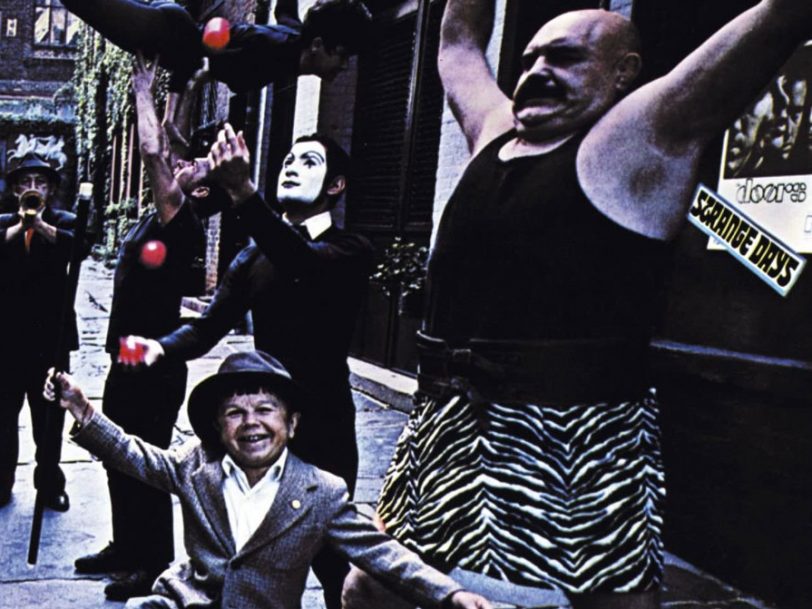The Doors’ initial rise to prominence was little short of meteoric. Released in January 1967, their self-titled debut album yielded multi-platinum returns and also attracted rave reviews, with US publication Crawdaddy declaring it “an album of magnitude… and it’s as good as anything in rock”. It was the dream start that all great bands crave, but the record’s runaway success also meant the Los Angeles quartet felt the weight of expectation when it came to recording their sophomore set, Strange Days, mere months later.
Listen to ‘Strange Days’ here.
“We started using the studio as the fifth Door”
“Despite the pressure, I would say that was our most fun recording,” drummer John Densmore recalled of the Strange Days sessions, which took place that summer. Admitting that the group had been “a little intimidated by the studio” while recording their first album, he told Louder in 2017, “It wasn’t our turf. We had to learn how to make records. And I would say by the second album we were more relaxed, and we started using the studio as the fifth Door.”
As Densmore suggested, The Doors had learnt a lot about recording techniques while capturing their debut album, and they relished the chance to return to LA’s Sunset Sound Recorders to lay down Strange Days. In the time between the two recordings, the studio was upgraded from a four-track facility to a state-of-the-art eight-track complex, and the group were keen to take full advantage – as was their producer, Paul A Rothchild.
“We knew we wanted to explore additional sounds and rhythms,” Rothchild recalled in James Riordan and Jerry Prochnicky’s book, Break On Through, “because we had decided from the experience of making the first album that it would be difficult to sustain a career with a band consisting of only organ, guitar, drums and a singer. So our challenge was to expand The Doors’ sound without overproducing it.”
To achieve this, Rothchild encouraged the group to explore new textures which would broaden their sonic palette. Keyboardist Ray Manzarek played harpsichord and clavinet on Strange Days’ second single, Love Me Two Times; added a marimba part to the smoky ballad I Can’t See Your Face In My Mind; and even played backwards piano parts on the dreamy, psychedelic Unhappy Girl.




